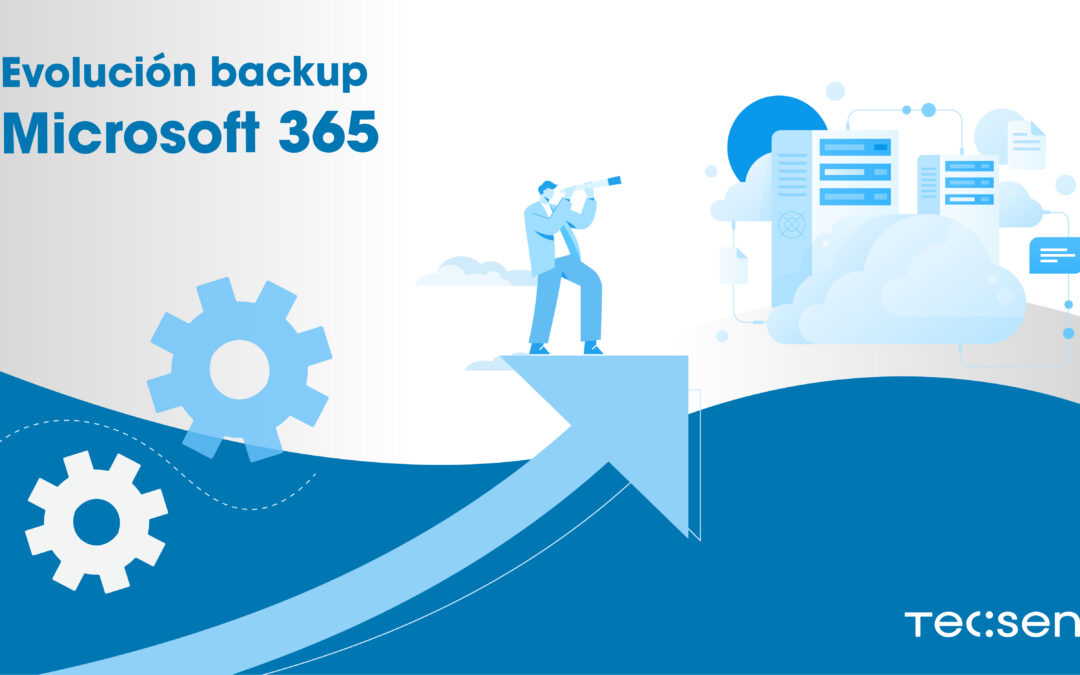As we have already mentioned on other occasions, Microsoft 365 has its own security and support, but not enough for an organization. Therefore, having a specific Microsoft 365 backup plan is the best option in the event of a disaster (accidental deletion, security threats, breaches in security policies, etc.). Since its inception, backup for Microsoft 365 has been able to flexibly and quickly restore any element or file of it, but over the years it has been improving and adapting with continuous innovation. We tell you the evolution of Microsoft 365 backup.
What has been the evolution of Microsoft 365 backup?
This backup solution first saw the light in November 2016 where the first version was released. We will see how over the years the innovation and improvement of its functions and features has been continuous.
November 2016
- Data protection for Exchange Online and Exchange on-premises
- Backup, recovery, and eDiscovery of email data
October 2017
- Greater scalability: Multi-repository and multi-tenant architecture
- Introduction to PowerShell and RESTful API support
- Self-service restoration for service provider customers
- Public folder support
- Support for Microsoft 365 U.S. Government, Microsoft 365 Germany, and Microsoft 365 China
July 2018
- Data protection for OneDrivefor Business and SharePoint
- Redesigned work assistant
- Add a competitive search campaign
- Support for Microsoft 365 Group Mailboxes
- Back up Microsoft OneNote notebooks
- Restore data located in Microsoft Teams
- Full PowerShell and RESTful API support
April 2019
- 30X faster backup
- Increased security, visibility, and analytics
November 2019
- Object storage support for Amazon S3, Azure Blob, IBM Cloud, and S3-compatible providers.
- Added security with encryption at rest of data in object storage.
- Increased backup performance for SharePoint Online and OneDrive for Business
December 2020
- Specially crafted Microsoft Teams backup
- 5x more scale to support larger enterprises
- Moving Microsoft 365 data twice as fast to object storage
March 2021
- Integrating backups into Amazon Glacier, Glacier Deep Archive, and Azure Archive
- Self-service restore portal
This latest advancement allows IT administrators to securely delegate restores of emails, files, etc.
- Provides a centralized location to effectively split restore permissions and access across the organization.
- Allows access to the restore without the need to provide direct access to the backup server.
It’s all advantages: automation, scalability, time savings, and improved security.




